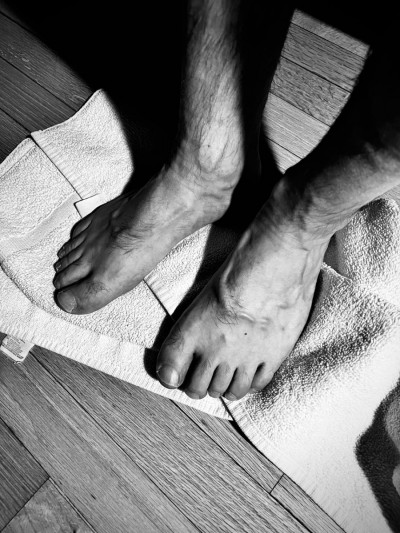
This past Tuesday I led a reflection about the role of Judas, Mary Magdalene, and Peter in the passion narrative for the Catholic Community in Central Racine. We discussed the meaning of the washing of feet that we have ritualized for Holy Thursday liturgy. Using Lectio Divina and with the help of some biblical anthological insights we reflected on Judas’ person first. I started the discussion asking people, have you ever thought about Jesus washing the feet of Judas? Every Holy Thursday we read the account of the washing of feet from the gospel of John 13:1-15. At the beginning of the narrative, we read that Judas is present there, decided to hand Jesus over to the religious authorities. It is after the washing of the feet and after receiving bread from Jesus that Judas leaves the room (John 13:30). This means that Jesus washed Judas’ feet and shared bread with him. According to the gospel of John, Jesus knew that Judas would betray him. This makes the image of Jesus washing Judas’ feet even more striking.
For many of us, Judas is only the betrayer. If we are left only with the story of the passion, especially from the gospel of John, Judas is a thief (John 12:6) and someone induced by the devil and even possesed by Satan (John 13:2; 13:27). Equally infamous are the kiss of Judas found in all three synoptic gospels (Mark 14:45; Matthew 26:49; Luke 22:47), and the thirty coins of silver that accepted to betrayed Jesus (Matthew 26:15). Matthew and Luke differ on how he died, but Matthew’s version (27:5) of Judas taking his own life is the most popular one. I would suggest you also read Luke’s version (Acts 1:18).
We can only but imagine how Jesus felt washing the feet of someone who will betray him. But Judas was certainly more than that. His feet were not only the feet of a betrayer but the feet of one who brought good news. Judas was commissioned with the other disciples by Jesus to proclaim the gospel (Mark 6:7-11; Cf Matthew 10:1; Luke 9:1-5). Judas even received power to cure illnesses and he with the other disciples reported how successful they were! (Mark 6:12-13, 30-31). For some people he was not the betrayer, but Judas the Healer, or Judas the Apostle, Judas the instrument of God’s grace and love. His feet not only walked the way of betrayal but the way of successful mission of caring for the poor and the sick. Judas’ feet brought good news and healing into the life of others, and I think that is something Jesus did not forgot as he washed them. I am aware this is the area of speculation but the image of Jesus washing his disciple’s feet is one worth praying and thinking about.
Bruce Malina in his Social-Science Commentary on the Gospel of John (1998, 223) says that traditional Mediterranean anthropology understand the human experience within three zones of interaction: eyes-heart, mouth-ears, hands-feet. The last pair represents our actions, performance, doing or making. Malina then suggests that when Jesus washes the disciples’ feet he is washing away, that is forgiving, their wrongdoings even the future ones. This idea makes sense since the beginning of the washing of the feet scene in John begins stating that Jesus loved his own to the end (John 13:1). I like to think that Judas’ feet remind Jesus of how they carried good news and walked dusty roads to bring hope into the lives of others. I would like to finish with a quote from the book of Isaiah as we think of Judas’ feet: “how beautiful upon the mountains are the feet of the messenger who announces peace, who brings good news, who announces salvation” (Isaiah 52:7).









